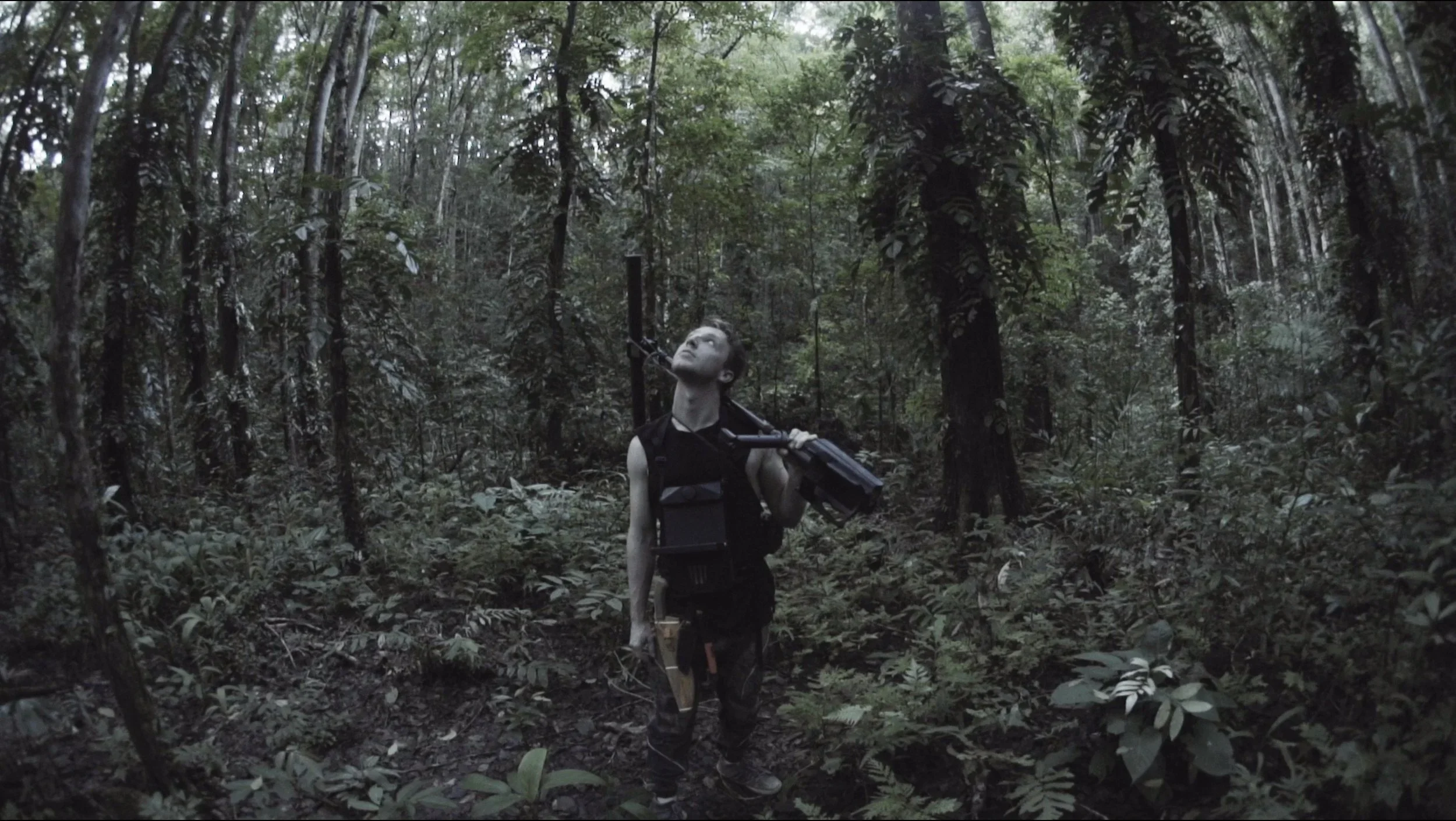'Gitling' REVIEW: Breaking barriers through language
‘Gitling’ REVIEW: Breaking barriers through language
Makoto (Ken Yamamura) and Jamie (Gabby Padilla)
This review contains minor spoilers for Gitling (2023).
Being an outsider stepping in a foreign land without any proper navigation is scary. Even when you long to escape to something unfamiliar, it can get lonely sometimes. Finding someone who understands you is rare: who speaks your language and is also patient enough to be your compass in a place unknown to you.
This is certainly the case in the 2023 film Gitling. The foreign land is Bacolod. The outsider is a filmmaker who came to Bacolod for a film festival. The compass is an interpreter who recently went through a rough break up with her fiance. The film chronicles their brief time together as they work on the subtitles of the filmmaker’s film for an upcoming local film festival. As they work on the film, they form an odd yet genuine friendship: one that they need at the current chapters of their lives.
Jopy Arnaldo’s film can be considered as impressive, especially for a debut full length feature film. From its direction to the performances, the film perfectly captures that melancholic and quiet sense of loneliness and the pure joy of finding someone who’ll listen and understand you.
His screenplay is splendid. A film about brief yet meaningful connections, and what better way forging a strong bond with someone than through words. In its 105-minute runtime, Arnaldo is able to explore the power of words and language: how it can strengthen the bond between people when properly used and diffuse relationships with the lack of it. It is filled with conversations that reveal so much of our characters’ past lives. Through these conversations, they were developed and given depth that made them more fascinating.
There are five languages in Gitling: English, Japanese, Ilonggo (Hiligaynon), Tagalog and a made up language created by Jamie (Gabby Padilla), the interpreter, that she shared with Makoto (Ken Yamamura), the filmmaker, which he is immediately drawn into and keen to learn. The subtitles in the film are, therefore, heavily utilized and plays a huge role. It switches from language to language, with Jamie communicating to Makoto in Japanese, English and the language she created, all while using her native language and Tagalog to communicate with others. They are color-coded to distinguish what language the characters are speaking. Not only do the subtitles work as a translation for what the characters are saying, they also capture the thoughts and current mental state of the protagonists. It never felt like Arnaldo was spoon feeding information to the audience nor did he not trust the performances enough to convey them. Rather, it amplifies the understanding and empathy of the audience of the characters.
In the third act, there are moments when Arnaldo chose not to disclose their conversations in subtitles, especially in the final scene. It is as if our gaze only extends to watching their innocent conversation from afar. Having the audience watch how their connection deepened during the course of the film, the final act may make us feel deprived of the ability to experience those moments fully. But no, it’s theirs: something special only for them to enjoy, and that’s beautiful. It was only before the film neared its end when the subtitles appeared again and combined that with that last shot, it was heartbreaking.
It is not only in the last shot where the film visually shines. Its visuals further enhance the atmosphere of the film. Mycko David’s exquisite cinematography is full of character and meaning. In its still shots, the audience are allowed to feel the space of where the characters are in. It was not limited to this type of shots. There are moments where it used handheld shots for other scenes. Huge factor of these beautiful shots is how it was colored in post, and Timmy Torres’ magnificent work in this film elevated the beauty of David’s camerawork. There was never a waste of shot, and thanks to Lawrence Ang’s editing, the pacing never felt off. It even employed the step printing technique (yes, that popular effect seen in films of Wong Kar Wai) in some scenes that made those moments even more special.
Makoto (Ken Yamamura) and Jamie (Gabby Padilla) on a car ride
It would be a crime not to credit the leads' respective performances for the effectiveness of this film. Padilla's performance is captivating to watch. The way she switched from language to language is just incredible. Yamamura's performance is a great one as well. He captured Makoto's sense of alienation in a foreign land really well. The pure amusement in his eyes as he goes about Bacolod looking for food makes us feel the same way he does. And when Makoto found comfort in the company of Jamie, Yamamura and Padilla's chemistry makes you believe their camaraderie and how it developed as Jamie and Makoto confided more about their lives and past to each other, something that probably would've off had they paired a wrong set of actors for the lead roles.
Cinemalaya certainly made the right choice by including this picture on the roster of films competing in the main competition. Gitling’s promising premise lived up to the expectations of the many, having executed its concepts and ideas perfectly. The film is a must watch not only for film lovers, but to those who long to find companionship at the time of their lives where they need it the most. And for those who need it, may you all find someone who’ll listen and understand you willingly with no judgements and reservations, similar to Jamie and Makoto in this film.















